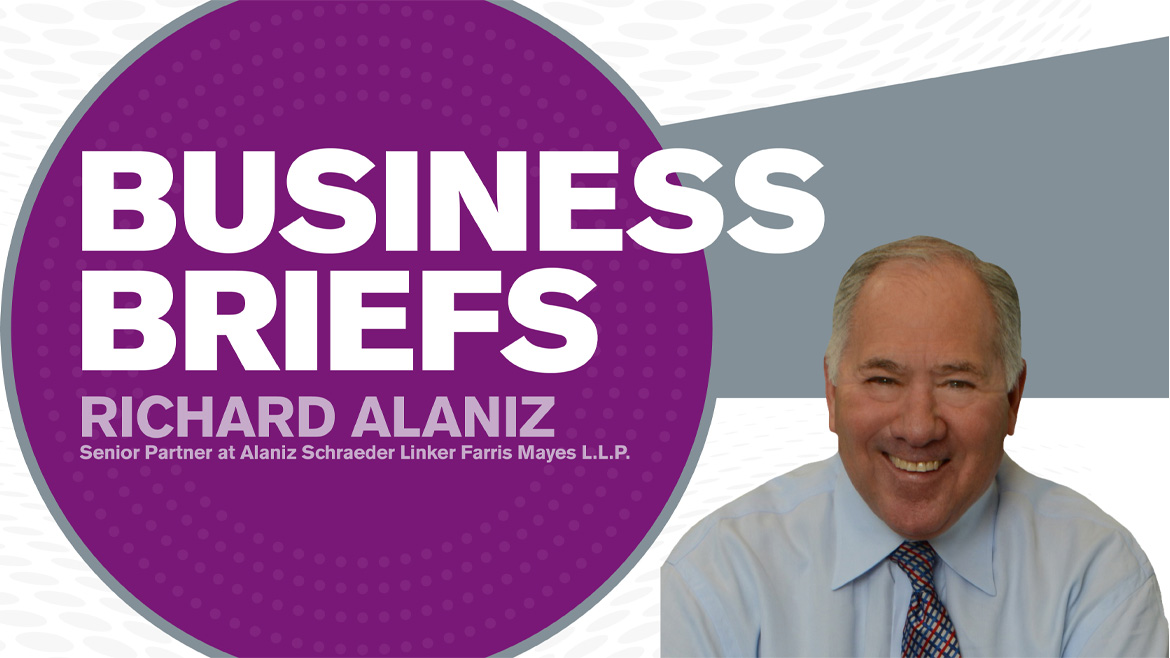Workplace Employee Disputes
There is little question that the workplace is where most people spend the majority of their time. Equally true is the fact that today’s workplace is often filled with stressful situations and sometimes complex relationships. It is only natural that periodic disagreements will arise between employees. Fortunately, most employee workplace disputes are generally little more than verbal exchanges, sometimes heated, between employees. They are most commonly precipitated by a comment or conduct that one or the other finds offensive. Such conflicts rarely lead to anything more than hurt feelings and estrangement of the parties. Many times employers simply ignore such situations, expecting that the employees will work it out. However, given today’s increasingly diverse workplace, it is possible that an employee conflict could create potential legal liability for the employer. For example, a hostile comment or conduct that relates to an employee’s race, gender, national origin, or other status protected under law could create employer obligations beyond simply smoothing out the conflict.
Title VII, the Age Discrimination in Employment Act (ADEA), the Americans with Disabilities Act (ADA), and related state human rights laws all make comments or conduct that are derogatory of an employee’s unique protected status a form of “unlawful harassment.” In such a case, the employer’s response must go beyond merely resolving the employees’ disagreement and avoiding escalation of the situation. The unlawful harassment must be addressed and adequate steps taken to assure that there is no reoccurrence of the discriminatory conduct. While in theory, unlawful harassment must be “severe” or “pervasive” to be legally actionable, the reality is that in some circumstances a single offensive comment could be the basis of legal liability. Moreover, a hostile remark or act that implicates an employee’s protected status can have repercussions in the workplace for beyond the individuals involved.
Workplace Violence
While most employee workplace disagreements amount to little more than shouting or verbal exchanges, there is always the possibility that the dispute could escalate into a physical confrontation. Fighting between employees is generally a terminable offense for the aggressor, and sometimes both employees. There is rarely any acceptable excuse for employees to physically assault each other. It must be dealt with firmly and swiftly to assure a safe and orderly workplace. The impact on morale and productivity can be long lasting. It also constitutes an incident of “workplace violence.” That is an issue that has unfortunately been in the news with increasing frequency lately. In recent months, there have been several terrifying incidents where a workplace shooting has left fellow employees dead or wounded. These of course are the most reprehensible and extreme forms of workplace violence. The mere possibility of such an event occurring has become such a concern that many employers have implemented “active shooter” training into their safety regimen. Much like fire drills, employees are trained in how to respond if the workplace comes under attack by someone with a firearm. It is training that everyone prays never has to be put to use.
One form of workplace violence that is fairly common, and apparently also occurring more frequently is “verbal aggression.” A recent health and safety workplace survey found that nearly 70 percent of responding employees had experienced it in their workplace. Preventing such unacceptable conduct from occurring is not as easy as one might think. A workplace rule prohibiting “bullying” is a good idea, but it may not be sufficient.
Trying to predict whether a particular employee might engage in violent or threatening behavior is difficult at best. There is no standard profile of what type of employee might engage in workplace violence. However, there are some indicators that could be warning signs to consider. These potential signs include:
- demonstrated instances of poor impulse or anger control;
- inability to get along with fellow employees;
- instances of suspiciousness, paranoia, or perception of being a victim;
- reduced socialization and interaction with fellow employees;
- experiencing serious personal problems such as divorce, child custody, or similar issues.
Employer Response
The presence of one or more of these telltale signs could indicate someone more likely than others to engage in some type of potentially threatening, aggressive, or violent behavior. It raises the obvious question of what response, if any, can or should be made before such conduct actually occurs. Certainly, employees displaying one or more such traits may never engage in problematic behavior. Nonetheless, to the extent that there is a legitimate concern based upon demonstrable evidence, an employer may want to consider being proactive. Employee Assistance Programs (EAPs) are particularly suited for addressing these types of employee issues. They have access to professionals versed in the treatment of a variety of employee problems, including anger management. In some cases, it is a matter of providing the necessary counseling or course of treatment before the employee is permitted back into the workplace. Taking steps to defuse the potential conduct or behavior before it impacts the workplace is always preferable to dealing with the fallout of an incident that might have been prevented.
If an Employee has a Mental Illness or Disability
When the underlying problem that is causing the troubling or hostile behavior is a suspected mental illness or disability, the matter becomes even more difficult for employers to address. The Equal Employment Opportunity Commission (EEOC) has stringent standards regarding what and when an employer can inquire about information regarding the employee’s medical (mental) health. Of the four circumstances under which an employer may ask questions of an employee regarding a medical condition, the only one relevant to these situations is when the employer has objective evidence that an employee is unable to perform their job or poses a safety risk because of the condition. If the employee’s condition creates the potential for workplace violence, it would seem to satisfy the permissible enquiry standard. Additionally, it is quite possible that the mental condition could constitute a disability under the ADA.
The EEOC takes the position that a mental health condition does not have to be significant or permanent to qualify as a “disability.” If the condition is limiting to the employee, it likely qualifies. The potential safety risks involved with violent or aggressive behavior would certainly be limiting. In these types of cases it is always best to have the medical professionals involved — both that of the company as well as the employee’s medical provider. An individualized assessment would have to be made before any definitive action, including any potential reasonable accommodation, could be considered.
Conclusion
Workplace disputes can be something as simple as a brief exchange of cross words between employees, up to an all-out physical confrontation. Maintaining order in the workplace and assuring all employees a safe and hopefully pleasant work environment should be among every employer’s highest priorities. Being aware of the warning signs of aggressive behavior and how to respond should be a critical part of all manager and supervisor training.
Submit your own guest content here!






